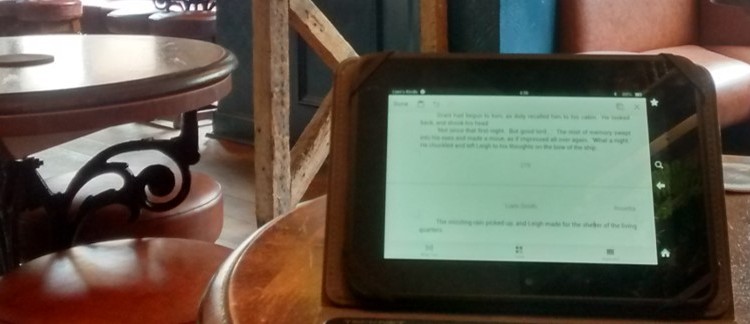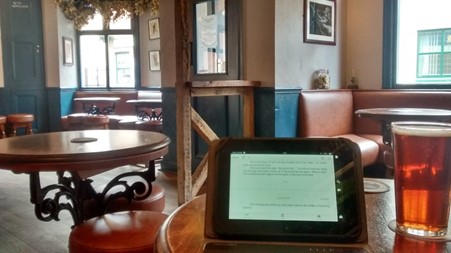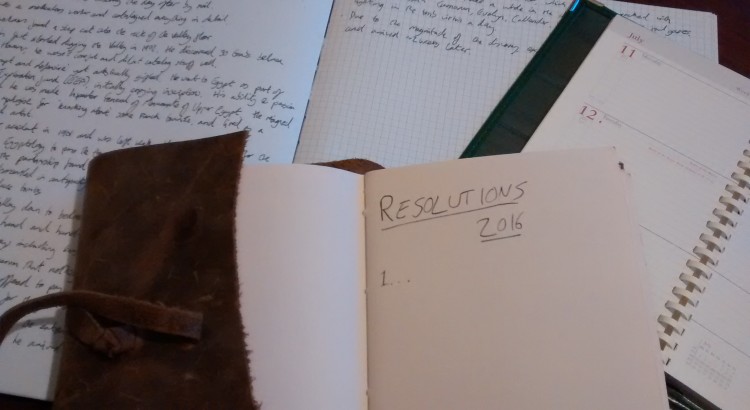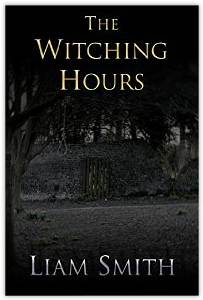I’m an advocate of writing in public. I find it keeps my writing flowing pretty regularly and encourages me to hit my weekly targets, as well getting me to try out new coffee shops. Let me tell you exactly why I prefer writing in public places.
It Gets Me Out the House
Firstly, writing in public means I will get out the house and find somewhere to write. Usually this will be a friendly cafe, though I’ve employed bars and pubs as well. Getting out and active prepares me for some hard work. Leaving the house and walking, cycling or even driving somewhere is an ideal primer for writing; you can think about what you’ll be writing whilst you’re getting there.
Read More





